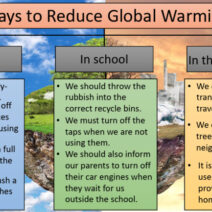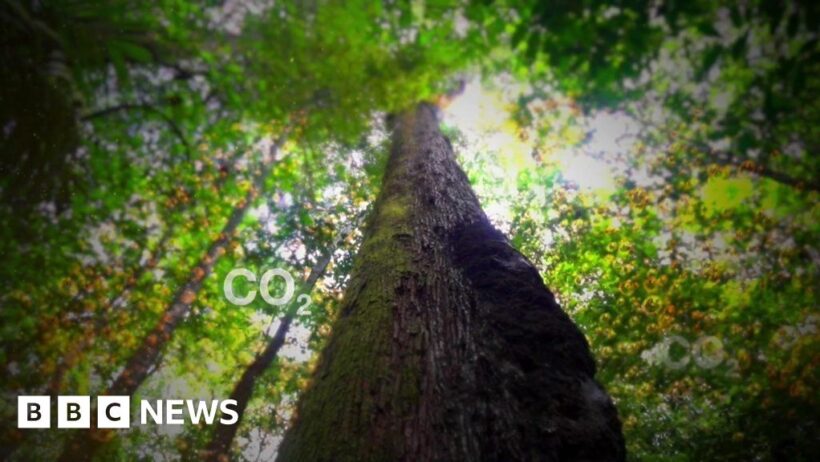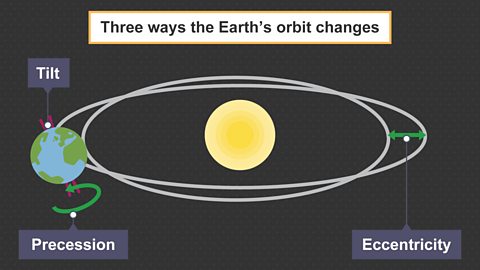The world’s rainforests, often referred to as the lungs of the planet, stand colossal and majestic, pulsating with a vibrant array of life. They provide invaluable ecological services, from carbon sequestration to biodiversity conservation. Yet, as we face the relentless advance of climate change, these verdant giants are facing unprecedented pressures. How important truly is the rainforest in limiting global warming, and what happens when these ecosystems begin to wither?
Rainforests occupy approximately 6% of the Earth’s surface but are home to an astounding 50% of the world’s terrestrial biodiversity. They are not just beautiful landscapes; they are complex, interconnected ecosystems that have evolved over millions of years. The biodiversity housed within these forests offers resilience against climate fluctuations, influencing local and global climates alike. However, this delicate balance is beginning to unravel, revealing the grave challenges posed by climate change.
One of the most profound threats to rainforests arises from rising temperatures. Global warming is not a distant future scenario; it is a current reality. Increased temperatures exacerbate stress on trees and plant species, fomenting a series of detrimental effects. Botanists have observed shifts in flowering and fruiting times, influencing local fauna that depends on these events for sustenance. If flowers bloom too early or too late, can the dependent species adapt quickly enough to survive?
Moreover, altered precipitation patterns pose another formidable challenge. Rainforests thrive in humid environments, maintaining a delicate equilibrium. Climate change brings unpredictability; droughts become more frequent while torrential rains wreak havoc. The increased likelihood of flooding and waterlogged soil leads to root rot, afflicting trees with decay. An ecological chain reaction ensues. As trees die, carbon previously stored in biomass is released back into the atmosphere, further augmenting global warming and creating a vicious cycle.
Additionally, deforestation activities exacerbate these fundamental issues. Agricultural expansion, logging, and infrastructure development have carved up vast tracts of rainforest for human use. Each tree cut down not only contributes to carbon emissions but also strips away critical habitats. This loss of biodiversity weakens ecosystem functions. As species vanish, the overall resilience of rainforests diminishes, making it harder for these ecosystems to adapt to climate change challenges. Can humanity afford to lose these invaluable resources when their survival relies on harmony with nature?
Habitat fragmentation is another pervasive issue. Islands of rainforest surrounded by agricultural fields impede animal movements and reproductive processes. Wildlife corridors are essential for the dispersal of species and genetic diversity. Without these connections, populations become isolated, leading to inbreeding and weakened resilience against environmental pressures. Can conservation efforts create effective corridors to rejuvenate these ecosystems, or are we witnessing the slow unfolding of an ecological catastrophe?
Aside from direct environmental impacts, the socio-economic ramifications of a deteriorating rainforest can be staggering. Millions of indigenous peoples rely on these ecosystems for their livelihoods, culture, and identity. Climate change does not just threaten trees; it threatens entire ways of life. Displacement due to environmental degradation could spur socio-political upheaval, as communities struggle to cope with dwindling resources. Are global leaders equipped to address both climate mitigation and the protection of human rights in these vulnerable populations?
The process of changing climate conditions further alters the interactions between species. For instance, specific plant species might flourish under warmer conditions while others struggle, leading to a reorganization of tropical ecosystems. Such shifts could alter fundamental relationships, such as predator-prey dynamics and symbiotic interactions, which are crucial for maintaining the integrity of these ecosystems. As the fabric of these relationships frays, can we unravel the consequences that follow?
In response to these dire challenges, various scientific efforts have emerged to both understand and mitigate the impacts of climate change on rainforests. Reforestation and afforestation projects strive to replenish lost trees, but challenges abound. The genetic diversity of newly planted trees may not match that of native species, potentially undermining the ecosystem’s resilience. Restoration techniques must prioritize ecological integrity if we are to succeed in bringing these environments back to their former glory.
Organizations and communities are increasingly recognizing the importance of indigenous knowledge in conservation efforts. These communities possess a wealth of understanding about sustainable forest management forged through centuries of coexistence with the rainforest. Embracing these insights may provide a more holistic approach to combating climate change’s ill effects, yet the synergy between traditional ecological wisdom and modern science remains intricate and needs careful nurturing.
As rainforests continue their struggle against the forces of climate change, one must ponder: is humanity prepared to commit to protecting these essential ecosystems? The cost of inaction could be catastrophic, not just for flora and fauna, but for human populations and the planet as a whole. Innovative policies and collaborative action are imperative to mitigate climate impacts and promote resilience in these vital habitats. Can we rise to the occasion and safeguard the rainforests that are integral to our very existence?
Ultimately, the fate of the rainforests rests in our collective hands. It is a formidable challenge, but the opportunity to foster a more sustainable relationship with our environment is not out of reach if we act decisively now. Together, we can aspire to protect the irreplaceable treasures of the rainforest, ensuring that they continue to thrive for generations to come.




